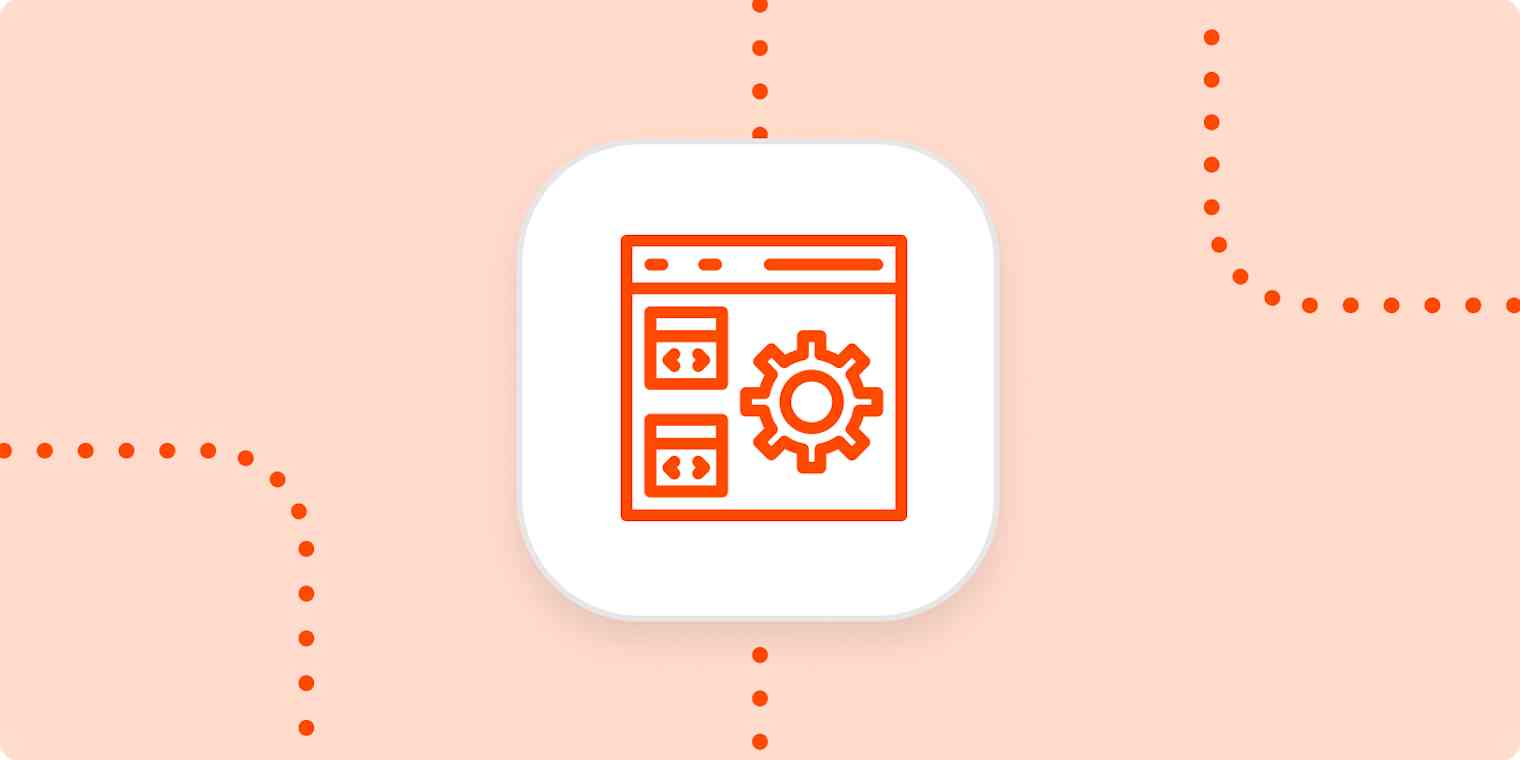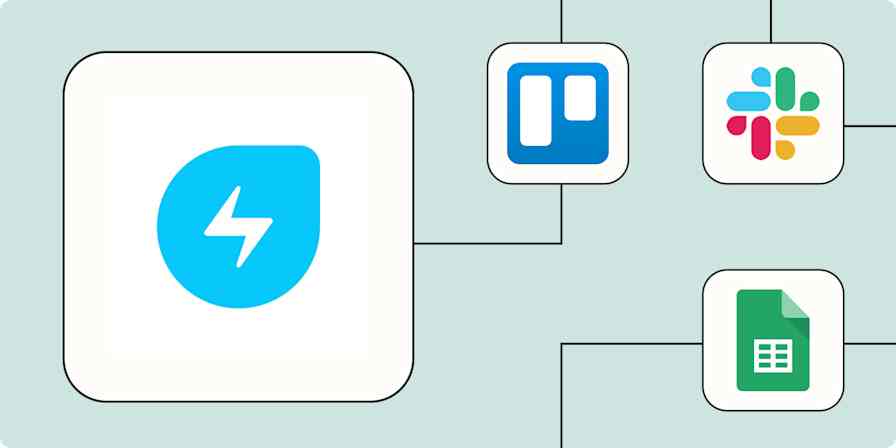Business tips
3 min readYou might already be paying for the software you need
By Justin Pot · May 24, 2021

Get productivity tips delivered straight to your inbox
We’ll email you 1-3 times per week—and never share your information.
Related articles
Improve your productivity automatically. Use Zapier to get your apps working together.







